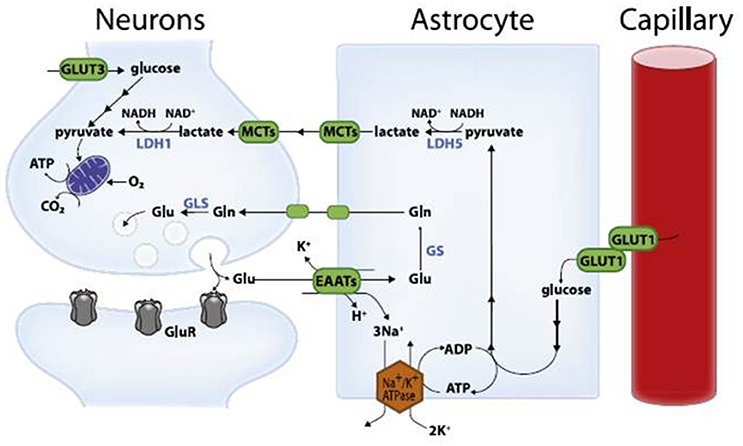“SuperAgers” with super memory have super neurons

- “SuperAgers” are those individuals for whom aging does not seem to impact cognitive ability.
- Research shows marked anatomical differences between the neurons of SuperAgers and those of “normal” elderly people.
- Specifically, SuperAgers have larger, healthier neurons in a part of the brain called the entorhinal cortex.
Most of us experience a worsening in memory and other mental abilities as we get older. A minority of people are resilient to the effects of aging, however. These so-called “SuperAgers” retain their cognitive abilities well into old age and even outperform people who are decades younger than them on memory tests.
Researchers are slowly unlocking the secrets of SuperAgers, revealing the neural and genetic basis of their extraordinary memory abilities. A new study published in the Journal of Neuroscience adds another piece to the puzzle: It shows that SuperAgers have larger and healthier neurons in a region of the brain that is critical for memory compared to others of the same age — as well as those who are 20-30 years younger.
Super neurons
Cognitive decline is a normal part of aging, beginning in mid-life and gradually becoming more noticeable from age 60 onward. It is usually accompanied by the formation in the brain of plaques and tangles of insoluble proteins. This, too, is normal; but in some people, these processes are linked to neurodegenerative disorders like Alzheimer’s disease.
For this latest study, Caren Nassif of the Feinberg School of Medicine at Northwestern University and her colleagues examined autopsied brain tissue samples from 24 people: six SuperAgers, seven normal elderly people of the same age, six younger adults, and five people who had been diagnosed with mild cognitive impairment.
They found that neurons in the entorhinal cortex, which is located in the temporal lobe, were on average larger in the SuperAgers compared to all the others, with their cell bodies having a significantly greater surface area in cross-section when viewed under a microscope. This was especially true for cells in layer II, which send fibers into the hippocampus, a neighboring brain structure that is also critical for memory.
Resistance to aging
Furthermore, compared to normal elderly people, the tissue samples from the SuperAgers had significantly lower densities of neurofibrillary tangles made of insoluble tau protein which, along with amyloid-beta plaques, are a pathological hallmark of Alzheimer’s disease. The researchers reported similar findings last year, and this new study shows that these differences are more marked in layer II. It also shows that increased cellular integrity, as evidenced by larger cell bodies, is another characteristic that marks resistance to aging.
Previous research also has shown that SuperAgers have fewer markers of neuroinflammation, greater volume and thickness of the cerebral cortex, and a higher density of von Economo neurons, which are found only in humans and other great apes, and are restricted to two regions of the brain.
Normally, the entorhinal cortex and hippocampus are particularly susceptible to the effects of aging and are typically the first regions of the brain affected by Alzheimer’s disease. Exactly why is unclear, but continued research may reveal the secret to SuperAgers’ super memory.





